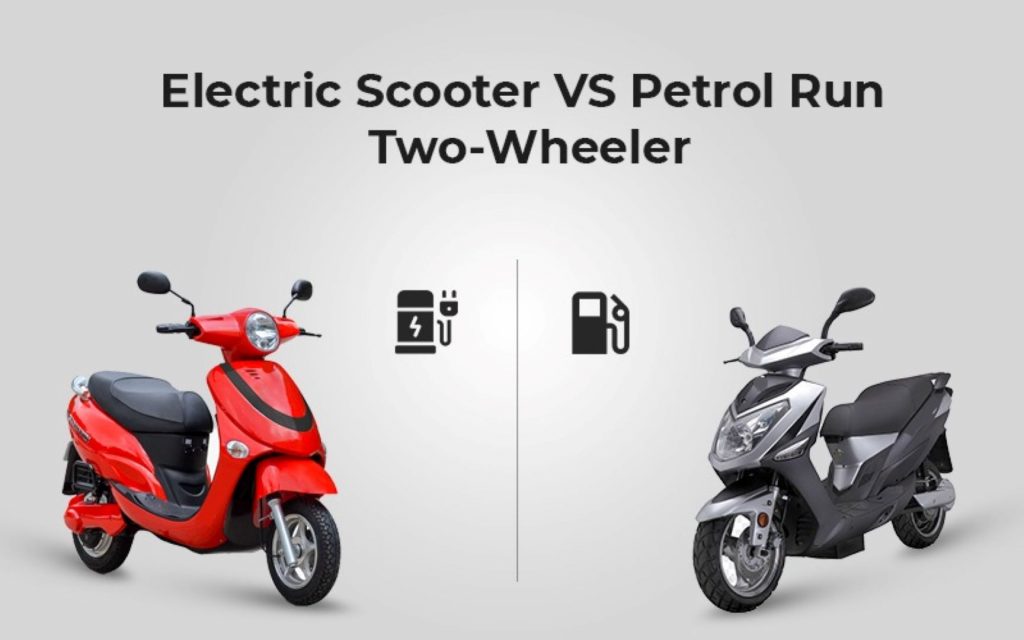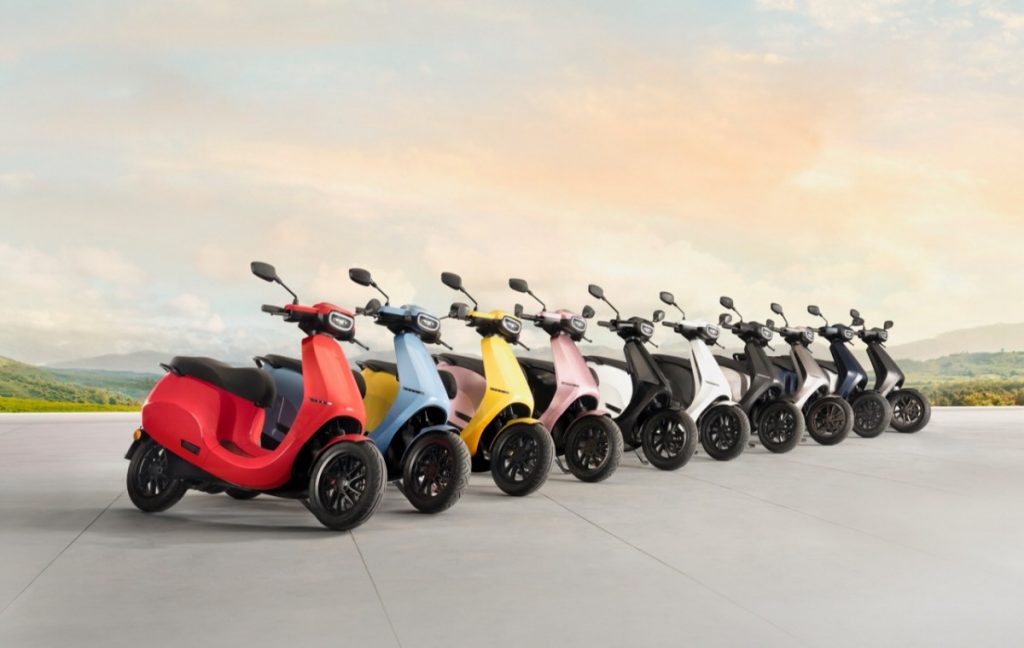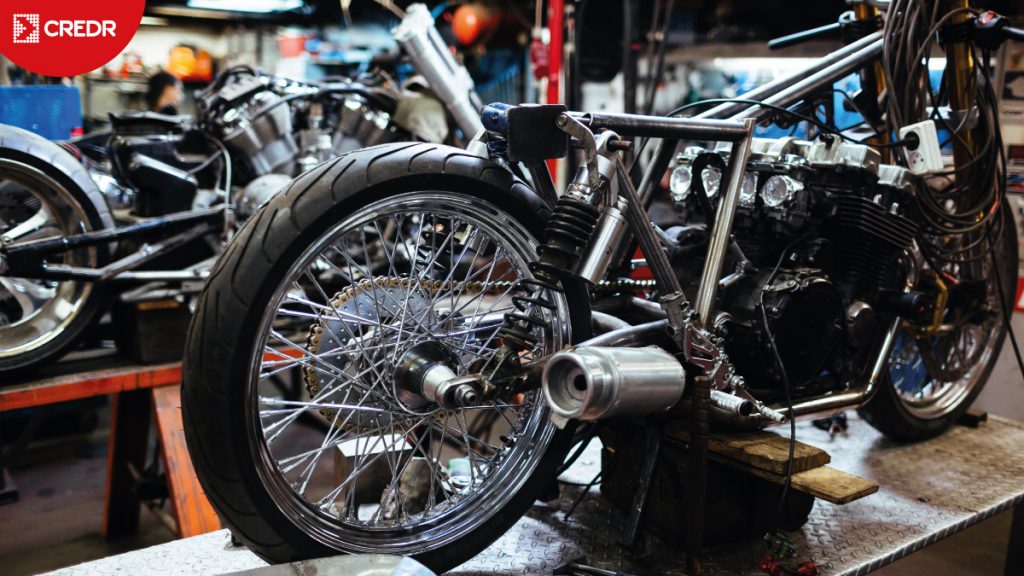The use of motorcycles has been a popular mode of transportation for decades and continues to grow. Whether motorcycles or used bikes will be used more or less in the future is a topic of debate, with arguments to be made for both sides. Factors such as technological advancements, infrastructure improvements, and changes in consumer preferences will play a role in determining the future of motorcycle use. In this article, we will explore these factors and consider the potential impact they may have on the use of motorcycles in the coming years.
The use of motorcycles has been on the rise recently, and the trend is expected to continue. However, whether motorcycles will be used more or less is a topic of debate. There are arguments to be made for both sides, and it ultimately depends on various factors, including technological advancements, infrastructure improvements, and changes in consumer preferences.
One of the critical drivers for the increased use of motorcycles is the convenience they offer. Motorcycles are typically smaller and more manoeuvrable than cars, which makes them ideal for navigating congested urban areas. They are also more fuel efficient, which can be a significant factor for consumers looking to save money on gas. In addition, motorcycles require less maintenance and are generally more affordable to purchase than cars, making them a popular option for those on a budget.
On the other hand, some argue that motorcycles will be used less in the future due to advances in technology making cars safer and more efficient. For example, the development of electric and self-driving vehicles is likely to reduce the number of accidents on the road, making driving a safer and more appealing option for many people. Additionally, the increasing popularity of ride-sharing services may also lead to a decrease in the number of people who own motorcycles, as these services make it more convenient and affordable to get around without a vehicle.
Another factor that may impact the use of motorcycles in the future is infrastructure improvements. If governments invest in better roads and highways, this may make driving a car more attractive, as it would be a safer and more comfortable experience. On the other hand, if governments invest in bike-friendly infrastructure, such as bike lanes and bike parking, this may encourage more people to switch to motorcycles as a mode of transportation.

In addition to these external factors, changes in consumer preferences may also play a role in the future of motorcycle use. For example, if younger generations become more environmentally conscious and prioritize sustainability, they may use motorcycles instead of cars, as they are generally more eco-friendly. On the other hand, if safety becomes a primary concern for consumers, they may opt for cars over motorcycles, as they are typically safer and offer more protection in the event of an accident.
Ultimately, the future of motorcycle use will depend on a combination of these factors, the development of new technologies, and the evolution of consumer preferences. Motorcycles will likely continue to play a significant role in the transportation landscape, but the extent they are used may change over time.
Motorcycles have many advantages over cars, including convenience, fuel efficiency, and affordability. However, technological advances, infrastructure improvements, and changes in consumer preferences may impact the future use of motorcycles. While it is difficult to predict precisely how these factors will play out, it is clear that motorcycles will continue to be an essential mode of transportation for many people.
In conclusion, the future of motorcycle or used bikes use is uncertain and will depend on several factors, including technological advancements, infrastructure improvements, and changes in consumer preferences. While there are arguments to be made for both an increase and decrease in motorcycle use, motorcycles will likely continue to play a significant role in the transportation landscape. As the world continues to evolve and new technologies are developed, it will be interesting to see how the use of motorcycles changes and adapts over time. Ultimately, it is up to consumers to decide whether motorcycles will be used more or less in the future, and their choices will determine the direction of this trend.




